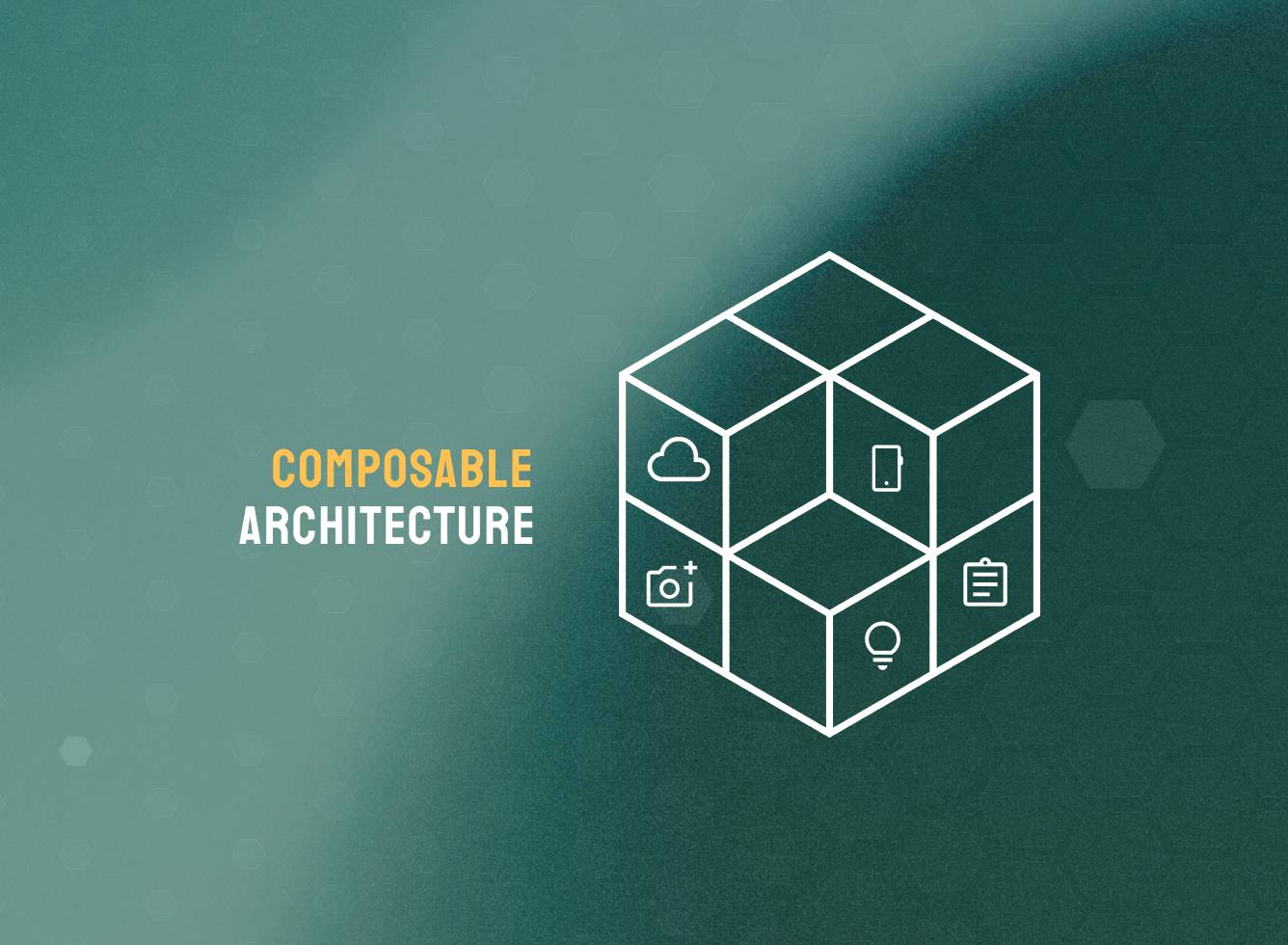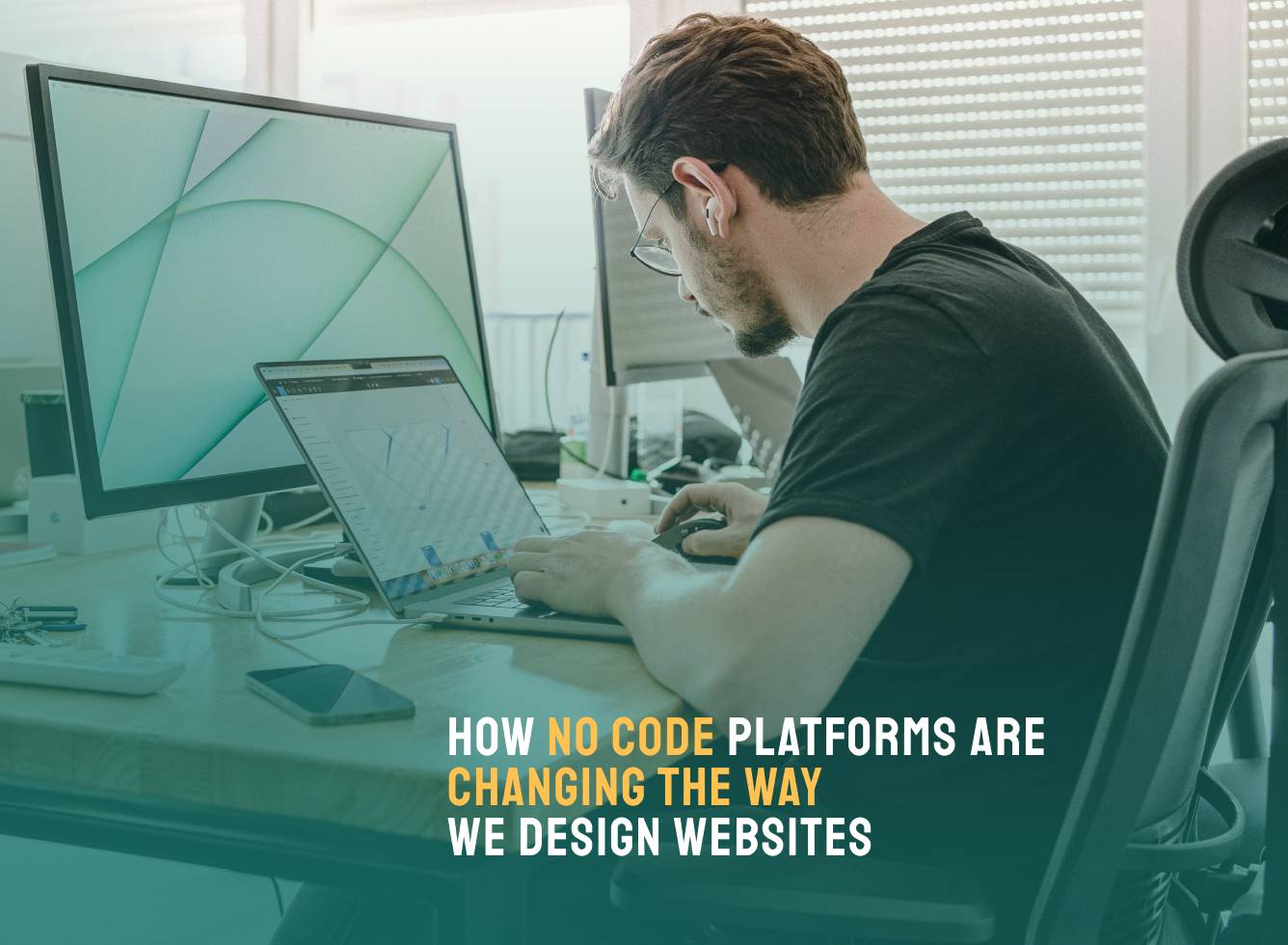Minimalism vs Maximalism – Which Design Style Works Best for Your Business

In the world of web design, less is more. Or is more… more? Minimalism and maximalism represent two ends of the design spectrum - and both can work brilliantly when used with purpose. But which style best supports brand expression and audience engagement?
The answer lies in how brand identity, user attention, and business objectives come together. Each approach brings distinct strengths, and understanding when and how to apply them is key to making the right design decision.
What is Minimalist Design?
Minimalism focuses on clarity, simplicity, and restraint. It uses clean layouts, ample white space, limited colour palettes, and only the most essential elements. Think of brands like Apple or the Google Home Page, where clean visuals, focused content, and minimal distractions guide the experience.
Minimalist sites aim to:
- Remove distractions
- Prioritise usability
- Guide users to act without confusion
Why Minimalism Works
Minimalist design can be a powerful choice when clarity, speed, and ease of use are top priorities.
Benefits:
- Faster load times due to fewer assets and visual elements
- Greater focus on core content or CTAs
- Clean layout and strong hierarchy that support accessibility
- Timeless visual identity that avoids trends and stays relevant longer
Best suited for:
- Service-based businesses that rely on trust and professionalism
- Clear conversion paths
- Mobile-first experiences with limited screen space
- Brands with calm, elegant, or authority-led tones
Minimalism works especially well when less truly says more.
What is Maximalist Design?
Maximalism celebrates complexity, personality, and visual richness. It blends layers of colour, typography, texture, and motion to create bold, immersive experiences. Consider brands like Gucci, whose website design matches its bold, fashion-forward personality. Or think of Spotify Wrapped – digital campaign known for its bright colours, dynamic storytelling, and emotionally resonant visuals.
Maximalist sites aim to:
- Express brand identity vividly
- Engage users emotionally
- Make a memorable impression
Why Maximalism Makes an Impact
Maximalist design grabs attention and creates emotional resonance – often leaving a lasting impression.
Benefits:
- Distinctive branding through bold visuals and variety
- Narrative-rich design with space for personality and storytelling
- Engaging experiences that invite users to explore
- Memorable presence in saturated markets
Best suited for:
- Creative industries or lifestyle brands with expressive values
- Story-driven experiences and campaigns
- Microsites or seasonal pages with immersive goals
- Younger, visual-first audiences who value novelty and interaction
The challenge? Maximalism must be intentional. Without structure, it risks overwhelming rather than inspiring.
The Role of User Attention in Design
Websites have just seconds to make an impact. Most visitors decide whether to stay or leave almost instantly – so every visual element must serve a purpose.
- Minimalist design reduces cognitive load and supports clarity
- Maximalist design holds attention through richness and discovery
The goal isn’t to choose what looks better, but to understand what holds attention for the right reasons.
Aligning Design with Business Goals
Design style should always be led by business intent – not just visual preference.
Improve usability and drive conversions
Go minimal. Clean layouts and clear CTAs simplify decision-making and boost conversion rates.
Build brand identity and stand out
Go maximal. Rich visuals and layered storytelling help brand feel unique and emotionally engaging.
Communicate complex offerings clearly
Choose minimalism. For B2B or service-led businesses, a structured and calming experience builds confidence.
Create immersive or expressive experiences
Choose maximalism. If you’re leading a campaign or targeting a design-conscious audience, bold visuals help tell the story.
This decision-making process is part of a broader shift in how businesses approach web design. If you’re in that phase, explore our post on rethinking website design for modern business needs for deeper insight into balancing function and form.
How These Styles Show Up in Real Websites
Minimalism in Action
Minimalist websites work well for:
- Tech companies and SaaS platforms focused on speed and performance
- Luxury brands that want to convey sophistication
- Service-based businesses that prioritise user trust and quick navigation
But beware – excessive minimalism can feel cold or forgettable. It still needs brand personality to connect with users.
Maximalism in Action
Maximalist websites thrive in:
- Fashion, art, and culture-focused brands
- Content-rich platforms or editorial sites
- Creative campaigns and seasonal activations
The key is to keep it purposeful. Without structure, maximalist design can distract more than it delights.
Blending Both Worlds
Some of the best websites today combine the strengths of both approaches:
- Clean frameworks with vibrant elements
- Simple navigation with bold moments
- Minimal layouts enhanced by expressive visuals
This balanced method supports both clarity and creativity. It also reflects the broader movement toward personalisation, emotional engagement, and flexibility in web design. We explore this in more depth in our blog on evolving trends and essential shifts in web design.
Let Purpose Lead the Style
Minimalism and maximalism aren’t competing design trends – they’re strategic tools. The most effective web design isn’t about choosing a side, but selecting the approach that aligns with the brand’s identity, the audience’s expectations, and the goals behind the website.
If you’re navigating the choice between minimalism and maximalism, partnering with a web design team can help bring clarity and creative direction. Local collaboration offers a sharper understanding of your brand’s goals, user expectations, and market context – ensuring your website not only looks the part but truly connects with the people it’s built for.



